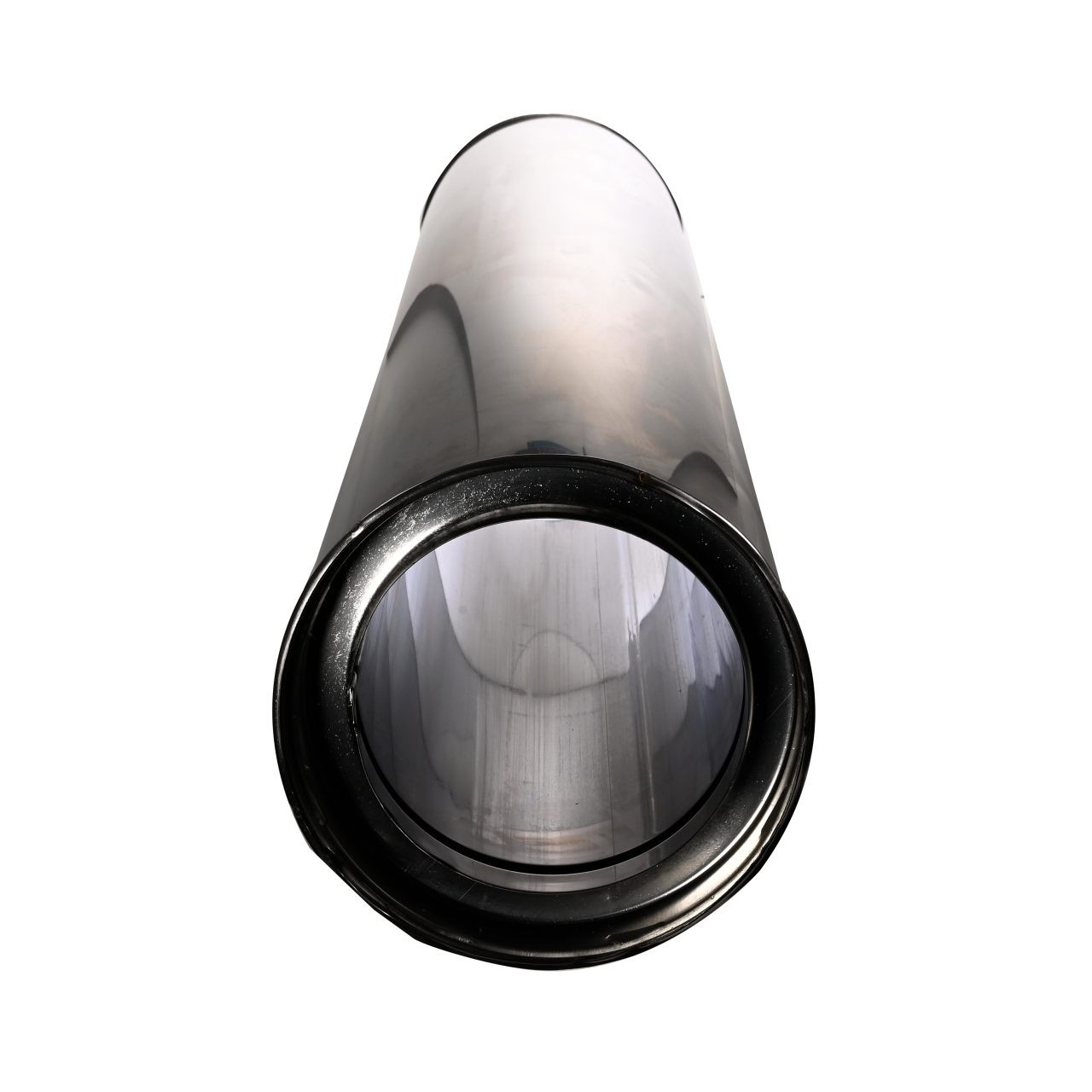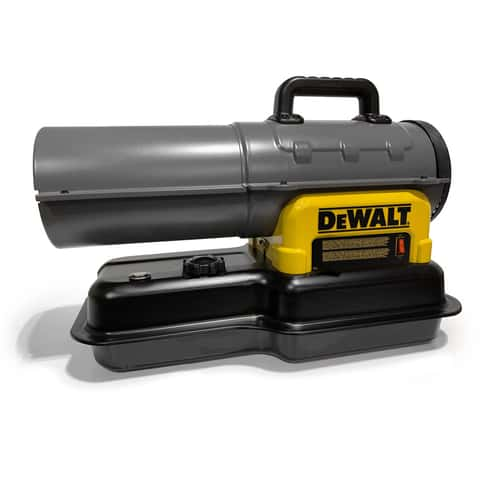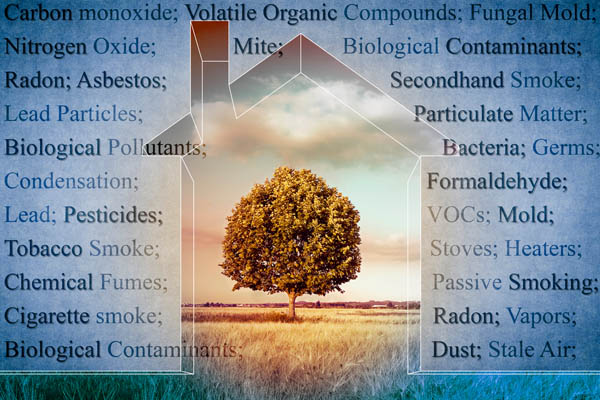A well-designed kerosene heater emits no smoke or strong odor during normal operation. However, if your kerosene heater is smoking, it may be due to issues such as a dirty wick, improper fuel mixture, or poor ventilation.
This can lead to incomplete combustion and the production of smoke. Regular maintenance and proper operation can help prevent smoking and ensure safe usage of your kerosene heater. Be sure to clean and inspect your heater regularly to address any potential issues promptly.
If smoking persists, it’s recommended to consult a professional for further assistance. By taking these steps, you can enjoy efficient and clean heating from your kerosene heater.


Credit: www.acehardware.com
Common Issues With Kerosene Heaters
When your kerosene heater starts smoking, it can be a cause for concern. Understanding the common issues associated with kerosene heaters can help you troubleshoot and address the problem promptly.
Potential Causes Of Smoking
Identifying the reasons behind the smoking can help in determining the best course of action to rectify the issue. Some potential causes of smoking in kerosene heaters include:
- Dirty wick
- Improper fuel mixture
- Malfunctioning burner
- Poor ventilation
Identifying Smoke Signals
Recognizing the type of smoke emitted by your kerosene heater can provide valuable insights into the underlying problem. Keep an eye out for:
- Black smoke: Indicates incomplete combustion
- White smoke: Suggests moisture in the fuel or air intake issues
- Blue smoke: Could be a sign of fuel contamination
By pinpointing the specific cause and type of smoke, you can effectively troubleshoot your kerosene heater and restore its optimal performance.

Credit: www.acehardware.com
Preventative Maintenance Tips
Kerosene heaters can start smoking if proper maintenance is neglected. Implementing regular cleaning procedures and ensuring proper ventilation are crucial in preventing smoking issues. Here are some key preventative maintenance tips:
Regular Cleaning Procedures
- Clean the Wick: Regularly clean and trim the wick to prevent carbon buildup.
- Clean the Burner: Remove and clean the burner assembly to maintain efficient combustion.
- Clean the Fuel Tank: Empty and clean the fuel tank to prevent impurities from affecting the burning process.
- Inspect the Igniter: Check the igniter for any signs of damage and replace if necessary.
Importance Of Proper Ventilation
- Ventilation System Check: Ensure the room where the kerosene heater is used has proper ventilation to prevent smoke accumulation.
- Clear Obstructions: Remove any obstacles blocking the airflow around the heater to maintain efficient combustion.
- Regular Airflow Maintenance: Keep doors or windows slightly open to promote adequate airflow and reduce the risk of smoking.
Understanding The Impact Of A Bad Wick
A kerosene heater’s wick plays a crucial role in its functionality. If the wick becomes worn-out or damaged, it can lead to various issues, including smoking. Understanding the impact of a bad wick is essential for maintaining the efficiency and safety of your kerosene heater.
Signs Of A Worn-out Wick
- Excessive smoking and soot accumulation
- Inefficient burning and reduced heat output
- Uneven flame height or flickering
- Difficulty in igniting the heater
- Visible signs of fraying or degradation on the wick
Replacing A Kerosene Heater Wick
When the signs of a worn-out wick become evident, it’s crucial to replace the wick promptly to restore the heater’s performance. Here are the steps to follow when replacing a kerosene heater wick:
- Turn off the heater and allow it to cool completely
- Remove the old wick by following the manufacturer’s instructions
- Clean the wick housing and any surrounding components
- Install the new wick according to the specific guidelines provided
- Trim the wick to the recommended height for optimal combustion
- Test the heater to ensure proper functioning and minimal smoke output
Optimizing Kerosene Heater Performance
To optimize kerosene heater performance and minimize smoke, regularly clean and maintain the unit, ensuring proper air and fuel adjustments. Consult the manufacturer’s guidelines for fuel quality and proper usage, and consider professional servicing if smoking persists. Regular upkeep and proper settings can ensure efficient and smoke-free operation.
Adjusting Pressure For Clean Burning
If you’re experiencing smoke from your kerosene heater, one key aspect to check is the pressure. Adjusting the pressure can help achieve a cleaner and more efficient burn. The pressure adjustment screw on the heater determines the rate of fuel flow and, therefore, the flame’s size and intensity. To optimize your kerosene heater’s performance, follow these steps:
- Ensure the heater is turned off and cool to the touch.
- Locate the pressure adjustment screw, usually found near the fuel pump.
- Use a suitable screwdriver or tool to turn the pressure adjustment screw clockwise to increase pressure or counterclockwise to decrease pressure.
- Make small adjustments at a time and test the heater’s performance after each adjustment.
- Observe the flame while adjusting the pressure. A clean burning flame should be blue in color, with minimal smoke or soot.
By fine-tuning the pressure, you can achieve a more efficient burn, reducing smoke and promoting cleaner heat output. Remember, small adjustments are key to finding the optimal pressure setting for your specific heater.
Key Aspects Of Flame Adjustment
In addition to adjusting the pressure, proper flame adjustment is essential for smoke-free operation. Here are some key aspects to keep in mind:
- Turn the heater on and let it warm up for a few minutes before making any adjustments.
- Inspect the flame’s color and shape. A blue flame with a well-defined shape indicates proper combustion.
- If the flame is yellow or flickering, it may indicate a problem with fuel delivery or combustion.
- Check for any obstructions or blockages in the burner assembly, wick, or fuel lines. Clear any debris or build-up that may be affecting the flame.
- Ensure the wick is properly trimmed and positioned. Follow the manufacturer’s instructions for wick maintenance.
Regular maintenance and adjustment of the flame will help optimize your kerosene heater’s performance, ensuring it operates efficiently and without smoke. Remember to follow the manufacturer’s guidelines for specific adjustments and maintenance procedures.
Ensuring Safety And Efficiency
To address why your kerosene heater is smoking, it is vital to ensure safety and efficiency. Regular maintenance, such as cleaning filters and adjusting pressure, can help eliminate smoke production and ensure optimal performance. Regular inspections and upkeep are key to preventing smoking issues.
Handling Fuel And Ignition Safely
Proper handling of fuel and ignition is crucial to ensure the safety and efficiency of your kerosene heater. Here are a few tips to keep in mind:
- Use high-quality kerosene: Always use high-quality kerosene to fuel your heater. Low-quality or contaminated fuel can result in excessive smoke and odor.
- Store fuel properly: Store kerosene in a well-ventilated area, away from any open flames or sources of heat. Keep it in a tightly sealed container to prevent the fuel from evaporating.
- Clean the fuel tank: Regularly clean the fuel tank to remove any debris or impurities that may clog the fuel line. This will help maintain efficient combustion and reduce smoke output.
- Ensure proper ventilation: When operating the kerosene heater indoors, make sure there is adequate ventilation to prevent the buildup of harmful fumes. Open a window or door to allow fresh air to circulate.
- Follow manufacturer’s instructions: Familiarize yourself with the manufacturer’s instructions regarding fueling and ignition. Each heater may have specific requirements, so it’s important to follow them for safe and efficient operation.
Regular Inspections And Troubleshooting
To ensure the safety and efficiency of your kerosene heater, regular inspections and troubleshooting are necessary. Consider the following:
- Inspect the wick: Regularly inspect the wick for any signs of wear or damage. A worn-out wick can result in inefficient burning and increased smoke output. Replace the wick if necessary.
- Clean the burner unit: Clean the burner unit regularly to remove any soot or carbon buildup. A clean burner ensures proper combustion and reduces the likelihood of excessive smoke.
- Check the chimney: Inspect the chimney for any obstructions or blockages that may impede the exhaust flow. Clear any debris to maintain optimal ventilation and reduce smoke emission.
- Monitor flame color: The flame of a properly functioning kerosene heater should be blue. If the flame appears yellow or orange, it may indicate incomplete combustion, which can result in smoke production.
- Adjust the wick height: Improper wick height can lead to excessive smoke and soot. Follow the manufacturer’s guidelines to adjust the wick height for optimal performance.
By following these precautions and performing regular inspections, you can ensure the safe and efficient operation of your kerosene heater, minimizing smoke production and maximizing its heat output.

Credit: www.pointbayfuel.com
Frequently Asked Questions On Why Is My Kerosene Heater Smoking
Is It Normal For A Kerosene Heater To Smoke?
A well-designed kerosene heater emits no smoke during regular use but may have a faint odor.
How Do You Know When The Wick Is Bad In A Kerosene Heater?
You’ll know the wick is bad in a kerosene heater if it has a smoky flame.
Should You Let A Kerosene Heater Burn Out?
No, a well-designed kerosene heater should not smoke. However, you may notice a faint kerosene odor when entering the house. There will be a strong odor from kerosene heaters for a few minutes when they are turned on or off.
Do Kerosene Heaters Cause Fires?
No, a well-designed kerosene heater does not cause fires. However, there might be a faint kerosene odor when entering the house, and a strong odor for a few minutes when the heater is turned on or off.
Why Is My Kerosene Heater Smoking?
If your kerosene heater is smoking, it could be due to a dirty wick or a clogged fuel line. Cleaning or replacing these parts should fix the issue.
Conclusion
Understanding why your kerosene heater is smoking is important for both safety and comfort. By implementing the tips and techniques mentioned you can address common issues and ensure a more efficient and smoke-free operation. Regular maintenance and proper adjustments can significantly improve the performance of your heater, providing a more enjoyable and worry-free heating experience.